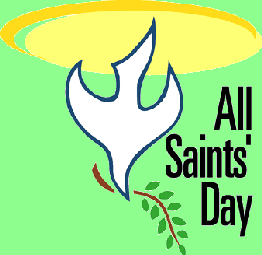
Jesus calls us over the tumult
Of our life’s wild, restless, sea;
Day by day His sweet voice soundeth,
Saying, “Christian, follow Me!”
As of old Saint Andrew heard it
By the Galilean lake,
Turned from home and toil and kindred,
Leaving all for Jesus’ sake.
Jesus calls us from the worship
Of the vain world’s golden store,
From each idol that would keep us,
Saying, “Christian, love Me more!”
In our joys and in our sorrows,
Days of toil and hours of ease,
Still He calls, in cares and pleasures,
“Christian, love Me more than these!”
Jesus calls us! By Thy mercies,
Saviour may we hear Thy call,
Give our hearts to Thine obedience,
Serve and love Thee best of all.
Mrs C F Alexander (1815-95)
As a special treat for today, there now follows a video about the Transalpine Redemptorists who live on Papa Stronsay.
Happy Feast!

































